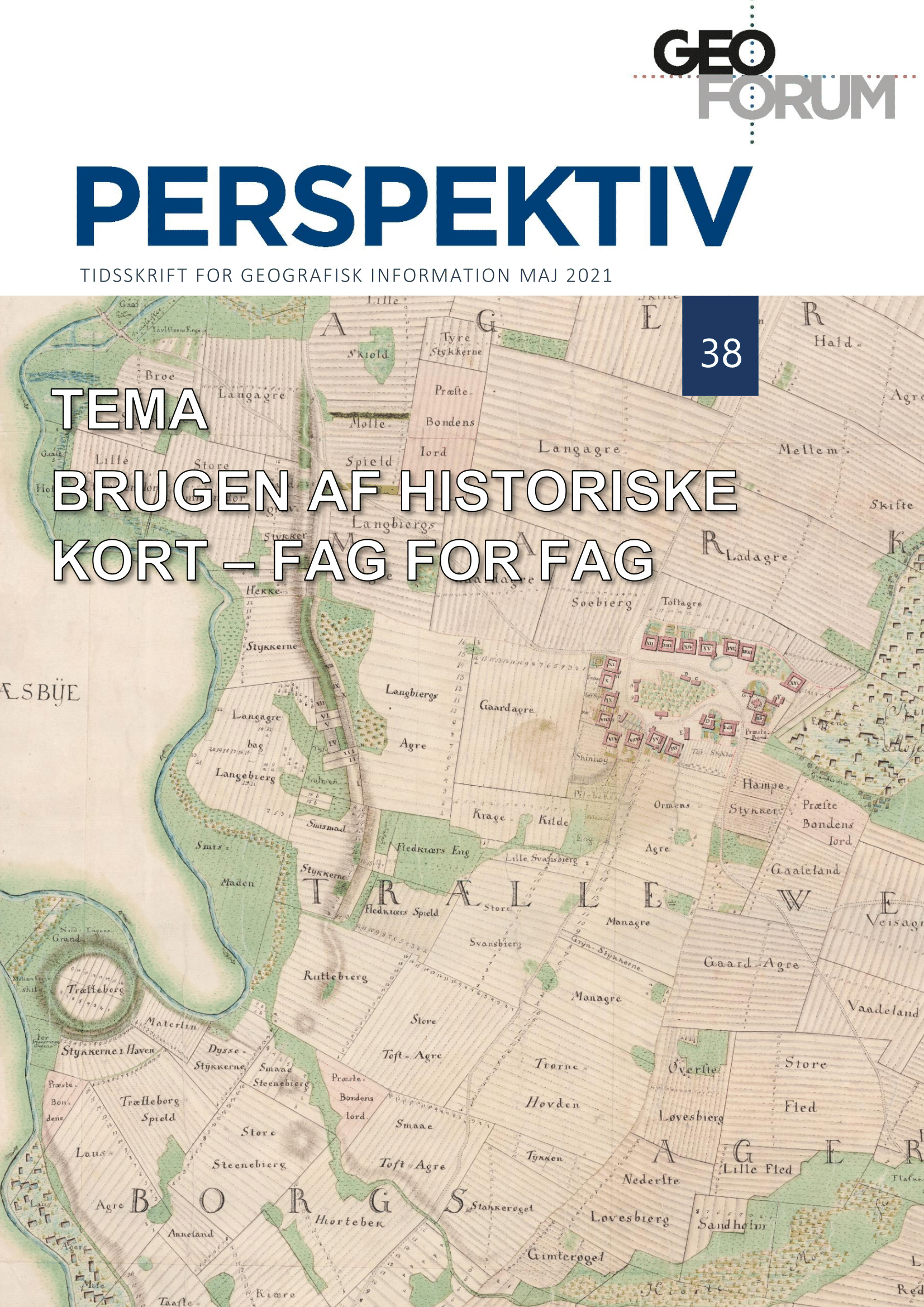Brugen af historiske kort ved tilsyn af fredede fortidsminder og konkret udpegning af beskyttede diger
DOI:
https://doi.org/10.5278/ojs.perspektiv.v20i38.6589Resumé
Historiske kort indeholder mange informationer, der kan benyttes til at bekræfte og datere arkæologiske og historiske observationer, der gøres i dagens landskab. I det følgende gennemgås, hvorledes de historiske kort kan benyttes i forbindelse med tilsyn med fredede fortidsminder, både med hensyn til korrigering af placering af allerede kendte fortids-minder, men også hvorledes de kan benyttes i jagten på hidtil ukendte fortidsminder. Markdiger blev beskyttet ved lov i 1992, hvor alt, hvad der havde digesignatur på de 4-cm-kort, der var gældende ved lovens ikrafttræden, med ét blev beskyttet. De kortmæssige problematikker i denne provis-oriske udpegning vil kort blive gennemgået, og det vil blive vist, hvorledes historiske kort kan bruges i arbejdet med at lave en konkret udpegning af beskyttede markdiger.
Downloads
Publiceret
Nummer
Sektion
Licens
Copyright (c) 2021 Steen Thrane Frydenlund Jensen

Dette arbejde er licenseret under en Creative Commons Attribution-NonCommercial-NoDerivatives 3.0 International License.
Artikler publiceret i Geoforum Perspektiv er licenseret under en Creative Commons Ikke Kommerciel - 4.0 licens. Læs mere her.





